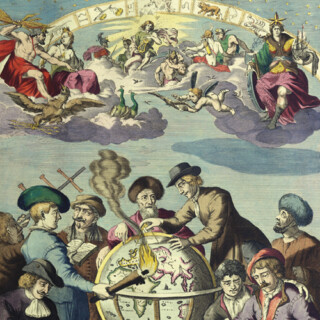-
×
![[ANONYMOUS] Guangdong shengcheng quantu](https://i0.wp.com/crouchrarebooks.com/wp-content/uploads/2025/03/14997_1H.jpg?fit=4000%2C2942&ssl=1) A rare Chinese fan depicting provincial city of Guangdong
1 × £6,500
A rare Chinese fan depicting provincial city of Guangdong
1 × £6,500 -
×
 The first large-scale official map of New Jersey
1 × £5,000
The first large-scale official map of New Jersey
1 × £5,000 -
×
![HEYWOOD, Captain P[eter] The Typa and Harbour of Macao.](https://i0.wp.com/crouchrarebooks.com/wp-content/uploads/2025/03/22648_1H.jpg?fit=4000%2C5080&ssl=1) Captain Heywood’s chart of Macau
1 × £9,000
Captain Heywood’s chart of Macau
1 × £9,000 -
×
 A view of the Muntplien with the Munttoren and the Englese Huizen
1 × £3,800
A view of the Muntplien with the Munttoren and the Englese Huizen
1 × £3,800 -
×
![WOLSTENHOLME, D[ean] A View of Messrs. Barclay & Perkins's Brewery.](https://i0.wp.com/crouchrarebooks.com/wp-content/uploads/2025/03/12504_1H.jpg?fit=1700%2C1203&ssl=1) London Pride
1 × £850
London Pride
1 × £850
Kyongsong or Seoul (Keijo).
Kyonggi-Do (Keiki-Do), Korea.
Reproduced by 3020th Engr. Topo. Co. (Corps),
August 1945.
Lithograph map, on four sheets, joined, with contemporary manuscript annotations in red pencil.
965 by 1090mm. (38 by 43 inches).
21522
notes:
This rare - and "secret" - map of Seoul presents the preparations of the US Army towards the end of the Second World War, at a critical moment in the history of Korea.
For millennia, Korea had existed as a unified country, ruled by a succession of kings. This changed in the early-twentieth century, following the Russo-Japanese War, with Korea first occupied, then, in 1910, formally annexed by Japan. The advent of the Second World War, however, meant that Japanes...
For millennia, Korea had existed as a unified country, ruled by a succession of kings. This changed in the early-twentieth century, following the Russo-Japanese War, with Korea first occupied, then, in 1910, formally annexed by Japan. The advent of the Second World War, however, meant that Japanes...
bibliography:
provenance:








